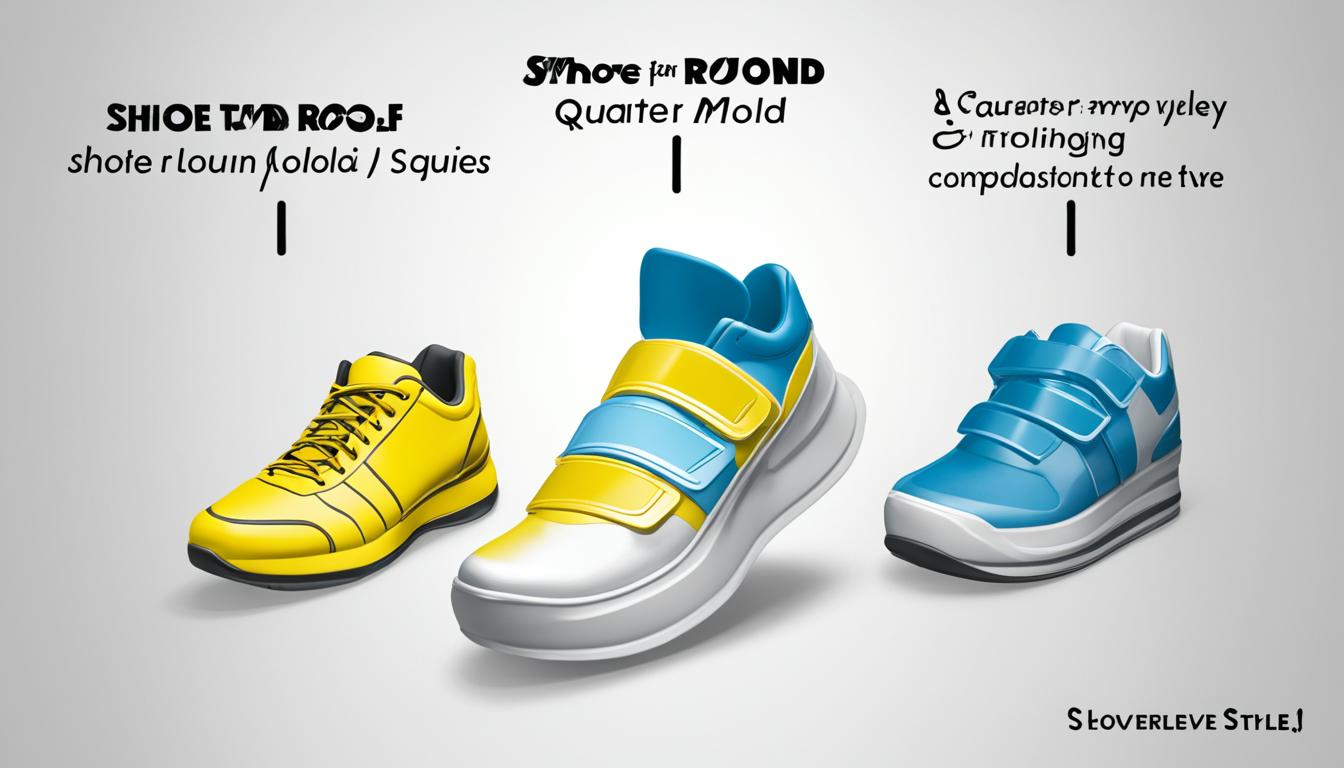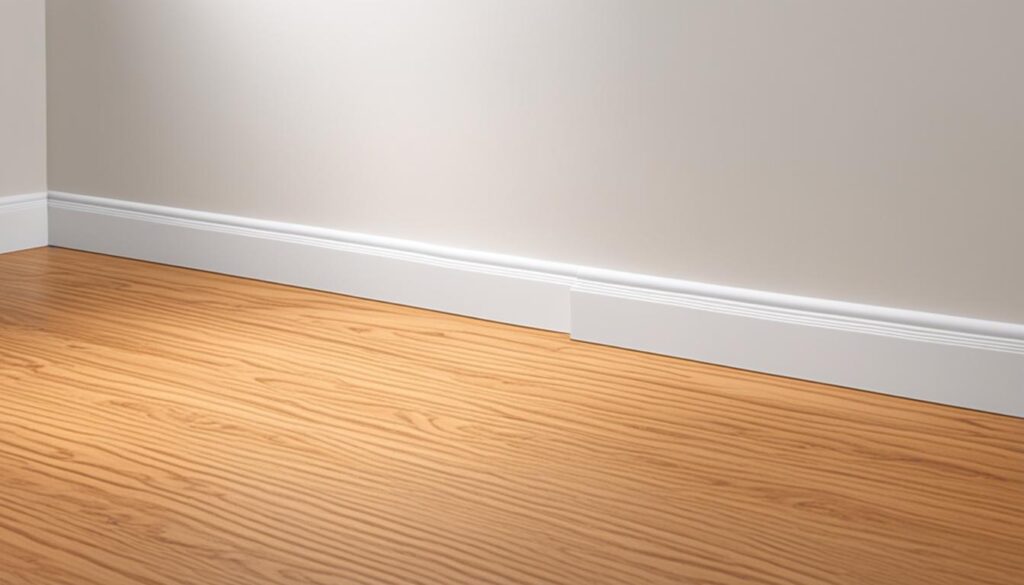
Everything You Should Know About shoe Mold vs quarter round
When it comes to adding the finishing touches to your home, choosing the right trim is essential. Two popular options for trim in homes are shoe mold and quarter round. While both serve similar purposes, they have distinct differences that make them suitable for different applications. In this article, we will explore the uses, differences, and how to make informed decisions when selecting trim for your home.
Understanding Shoe Mold and Its Uses
Shoe mold, also known as base shoe or baseboard shoe, is a narrow strip of molding that is typically used as a transition between the baseboard and the flooring. Its curved profile helps to provide a smooth transition and protect the baseboard from damage. Shoe mold is often used in areas where there is a small gap between the floor and the baseboard, such as with carpet or uneven flooring surfaces.
Key Takeaways
- Shoe mold is a narrow strip of molding used as a transition between the baseboard and the flooring.
- It provides a smooth transition and protects the baseboard from damage.
- Shoe mold is commonly used in areas with small gaps between the floor and the baseboard.
Understanding Shoe Mold and Its Uses
When it comes to home trim, shoe mold is a versatile option that offers both functionality and aesthetic appeal. In this section, we will explore the uses of shoe mold, its purpose, and where it is commonly employed in residential settings.

What is Shoe Mold?
Shoe mold, also known as base shoe or quarter round, is a small molding that is typically installed at the bottom of baseboards or along the junction where the baseboard meets the floor. It is designed to cover gaps between the baseboard and the flooring, providing a finished and polished look to your home’s interiors. Made from various materials such as wood or PVC, shoe mold can be painted or stained to match your existing trim.
Common Uses of Shoe Mold
Shoe mold serves multiple purposes in home trim. Its primary function is to conceal uneven gaps between the walls, baseboards, and flooring. It helps create a seamless transition between different surfaces and adds a touch of elegance to the overall design.
Shoe mold is commonly used in areas where baseboards meet non-carpeted surfaces like hardwood, laminate, tile, or vinyl flooring. It also finds application in spaces where the baseboard has a more elaborate profile and requires additional coverage to achieve a precise fit.
Advantages of Shoe Mold
- Provides a clean and finished appearance to your home’s interior
- Covers gaps and imperfections between the baseboard and flooring
- Offers flexibility in design and material choices
- Easy to install and remove for maintenance purposes
Disadvantages of Shoe Mold
- Can accumulate dust and dirt, requiring regular cleaning
- May require periodic touch-ups or repainting
- Requires careful measurements and cutting for a precise fit
“Shoe mold provides a sleek and polished finish to your home’s trim, hiding unsightly gaps and adding a touch of sophistication.”
Next, we will be exploring quarter round and its benefits as an alternative to shoe mold. Understanding the characteristics and advantages of both options will help you make an informed decision when selecting the right trim for your home.
Exploring Quarter Round and Its Benefits
In this section, we will shift our focus to quarter round and its advantages as a trim option for your home. Let’s delve into the characteristics of quarter round, its various uses, and how it compares to shoe mold. By understanding the benefits of quarter round, you can make an informed decision when selecting the perfect trim for your home.
Characteristics of Quarter Round
Quarter round is a popular type of trim that is used to cover the gap between the floor and baseboard or between the baseboard and the wall. It is typically a strip of molding with a 90-degree angle, resembling a quarter of a round dowel.
One of the key characteristics of quarter round is its versatility. It can be made from various materials, including wood, medium-density fiberboard (MDF), and polyurethane. This allows homeowners to choose the material that best suits their preferences and budget.
| Material | Pros | Cons |
|---|---|---|
| Wood | – Natural and aesthetic appeal – Can be stained or painted – Durable and long-lasting – Can be custom-made |
– Requires periodic maintenance – Prone to moisture damage |
| MDF | – Affordable – Easy to work with – No visible grain or knots – Resistant to moisture and warping |
– Not as durable as wood – Prone to damage if exposed to excessive water |
| Polyurethane | – Lightweight – Moisture-resistant – Resistant to warping and rotting – Low maintenance |
– Limited design options – Can be more expensive than wood or MDF |
Uses of Quarter Round
Quarter round serves both functional and aesthetic purposes in home trim. Here are some common uses:
- Concealing gaps: Quarter round is primarily used to cover gaps between the floor and baseboard or between the baseboard and the wall. It provides a finished look to the trim and prevents dust and debris from accumulating in the gaps.
- Transition between different flooring types: Quarter round can also be utilized to create a smooth transition between different types of flooring, such as hardwood and carpet or tile.
- Decorative element: In addition to its functional use, quarter round can add a decorative touch to the overall design of a room. It can enhance the visual appeal and create a cohesive look.
Advantages of Quarter Round
Quarter round offers several benefits that make it a popular choice for home trim:
- Improved aesthetics: By covering the gaps and transitions, quarter round provides a clean and finished appearance to your home trim, enhancing the overall aesthetics of your space.
- Easy installation: Quarter round is relatively easy to install, making it a convenient option for DIY enthusiasts or homeowners looking for a quick trim solution.
- Versatility: With a variety of materials and designs available, quarter round can be easily customized to match different styles and preferences.
- Protection against moisture: Depending on the material chosen, quarter round can provide a protective barrier against moisture, preventing water damage and ensuring the longevity of your trim.

Conclusion
In conclusion, when it comes to choosing trim for your home, both shoe mold and quarter round are popular options to consider. Shoe mold offers a sleek and modern look, making it a great choice for contemporary homes. It is also relatively easy to install, making it a convenient option for DIY enthusiasts.
On the other hand, quarter round provides a more traditional and seamless appearance, particularly well-suited for homes with a classic or rustic style. Its curved profile allows for a clean transition between the baseboard and the flooring, creating an elegant and finished look.
Ultimately, the decision between shoe mold and quarter round comes down to personal preference and the overall style and aesthetics of your home. Consider the architectural elements, the flooring type, and the overall design scheme to determine which trim option will enhance the beauty of your space the most.
We hope this article has provided valuable insights into shoe mold and quarter round, helping you make an informed decision for your home trim. If you have any concerns or need professional mold-related assessments in Miami, you can rely on Fix Mold Miami. Contact them today at 305-465-6653 for expert assistance.




